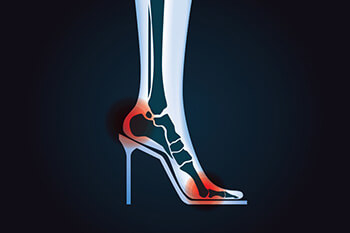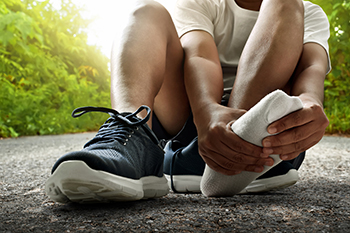
Foot orthotics are specialized shoe inserts designed to provide support, alleviate discomfort, and address various foot-related issues. These devices are available in different types, each catering to distinct needs. Some orthotics offer arch support, helping individuals with flat feet or high arches maintain proper alignment and reduce strain. Others focus on cushioning, which can provide relief for conditions such as plantar fasciitis or metatarsalgia. Additionally, functional orthotics aid in correcting irregular walking patterns and promoting better foot biomechanics. Whether you're an athlete aiming to enhance performance, an individual seeking relief from pain, or someone with a medical condition, foot orthotics can prove invaluable. If you would like more information about orthotics, It is suggested that you consult a podiatrist who can determine whether they are right for you and which type would work best for your needs.
If you are having discomfort in your feet and would like to try orthotics, contact the podiatrists from Boston Common Podiatry. Our doctors can provide the care you need to keep you pain-free and on your feet.
What Are Orthotics?
Orthotics are inserts you can place into your shoes to help with a variety of foot problems such as flat feet or foot pain. Orthotics provide relief and comfort for minor foot and heel pain but can’t correct serious biomechanical problems in your feet.
Over-the-Counter Inserts
Orthotics come in a wide variety of over-the-counter inserts that are used to treat foot pain, heel pain, and minor problems. For example, arch supports can be inserted into your shoes to help correct overarched or flat feet, while gel insoles are often used because they provide comfort and relief from foot and heel pain by alleviating pressure.
Prescription Orthotics
If over-the-counter inserts don’t work for you or if you have a more severe foot concern, it is possible to have your podiatrist prescribe custom orthotics. These high-quality inserts are designed to treat problems such as abnormal motion, plantar fasciitis, and severe forms of heel pain. They can even be used to help patients suffering from diabetes by treating foot ulcers and painful calluses and are usually molded to your feet individually, which allows them to provide full support and comfort.
If you are experiencing minor to severe foot or heel pain, it’s recommended to speak with your podiatrist about the possibilities of using orthotics. A podiatrist can determine which type of orthotic is right for you and allow you to take the first steps towards being pain-free.
If you have any questions please contact our office located in Boston, MA . We offer the newest diagnostic and treatment technologies for all your foot and ankle needs.














